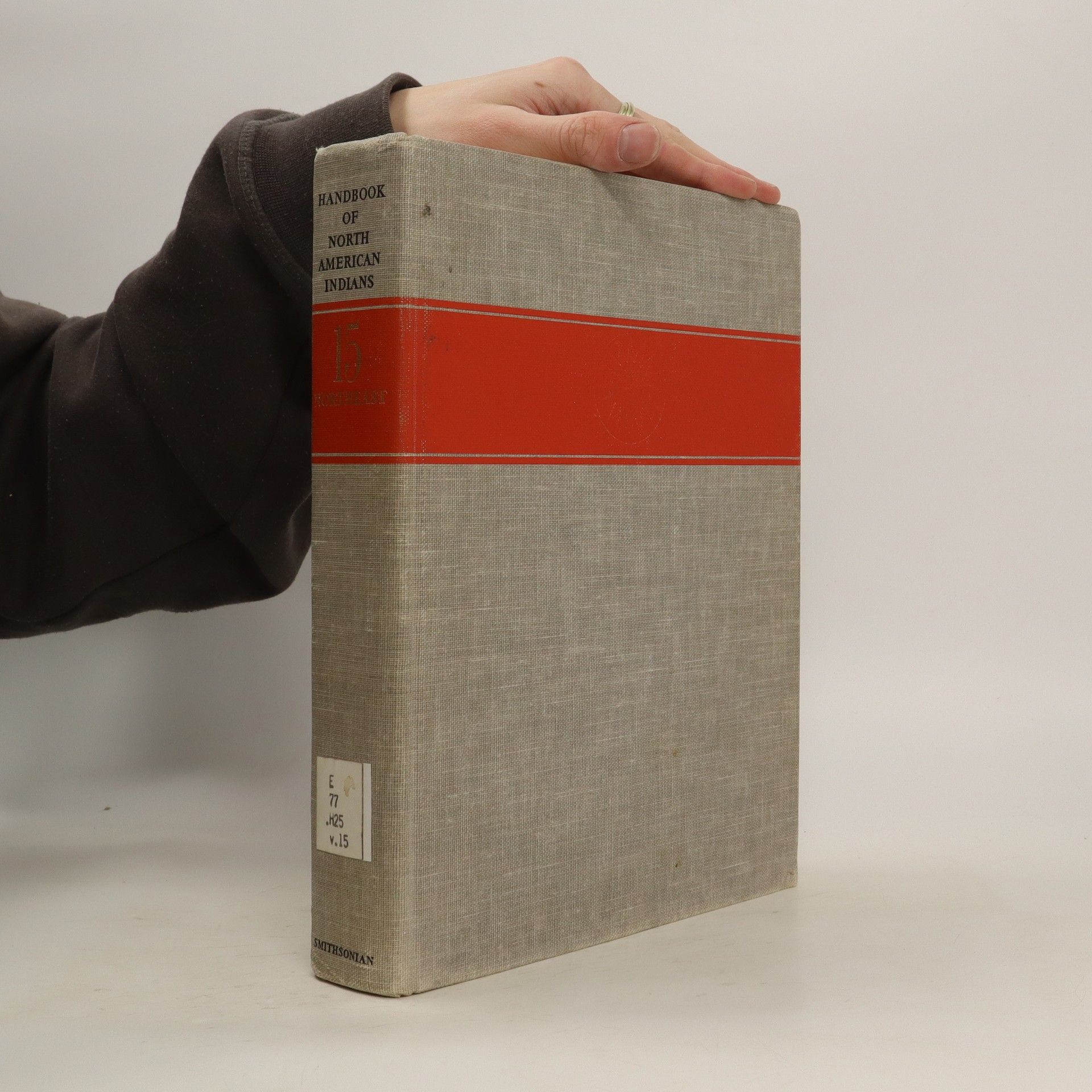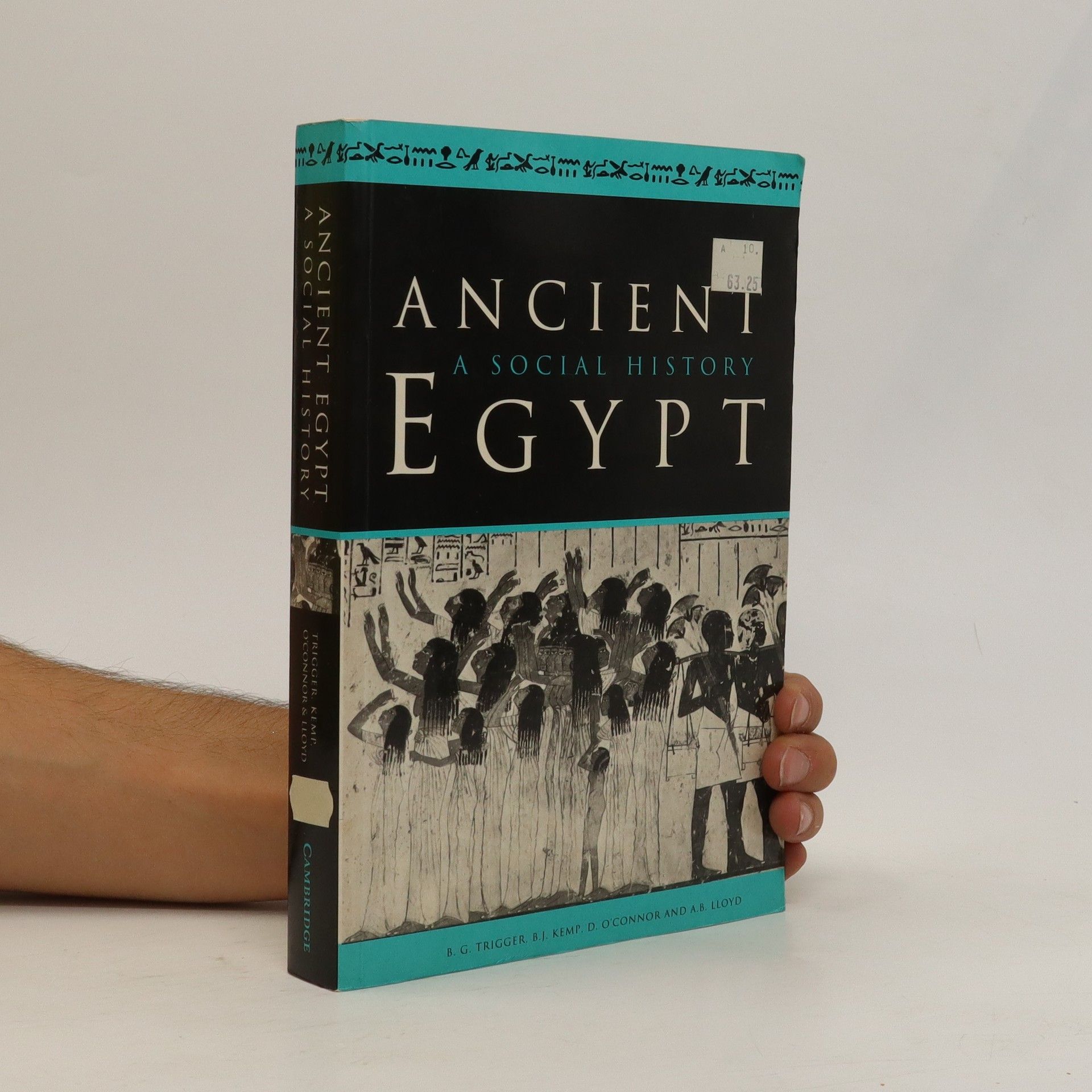Understanding Early Civilizations
- 774 pages
- 28 hours of reading
A detailed comparative study of the seven best-documented early civilizations: ancient Egypt and Mesopotamia, Shang China, the Aztecs, peoples in the Valley of Mexico, the Classic Maya, the Inka, and the Yoruba. Equal attention is paid to similarities and differences in their sociopolitical organization, economic systems, religion, and culture.


